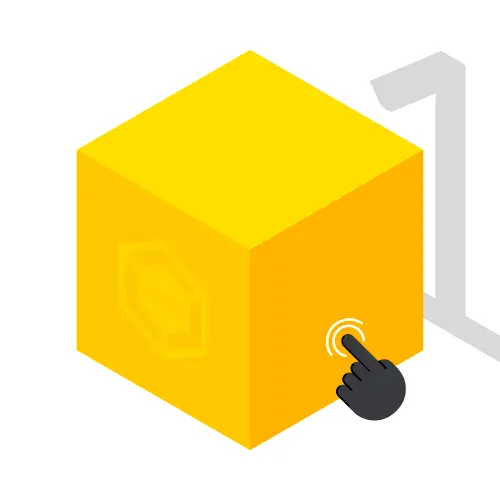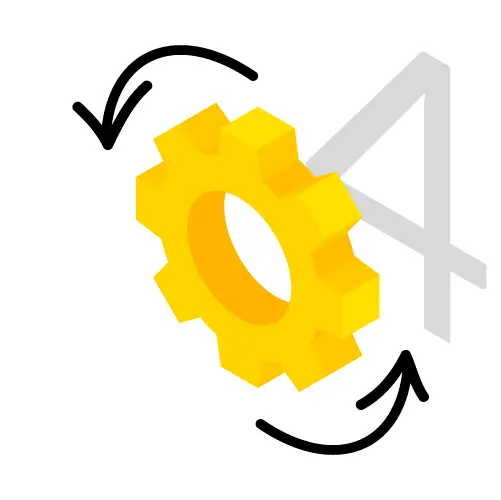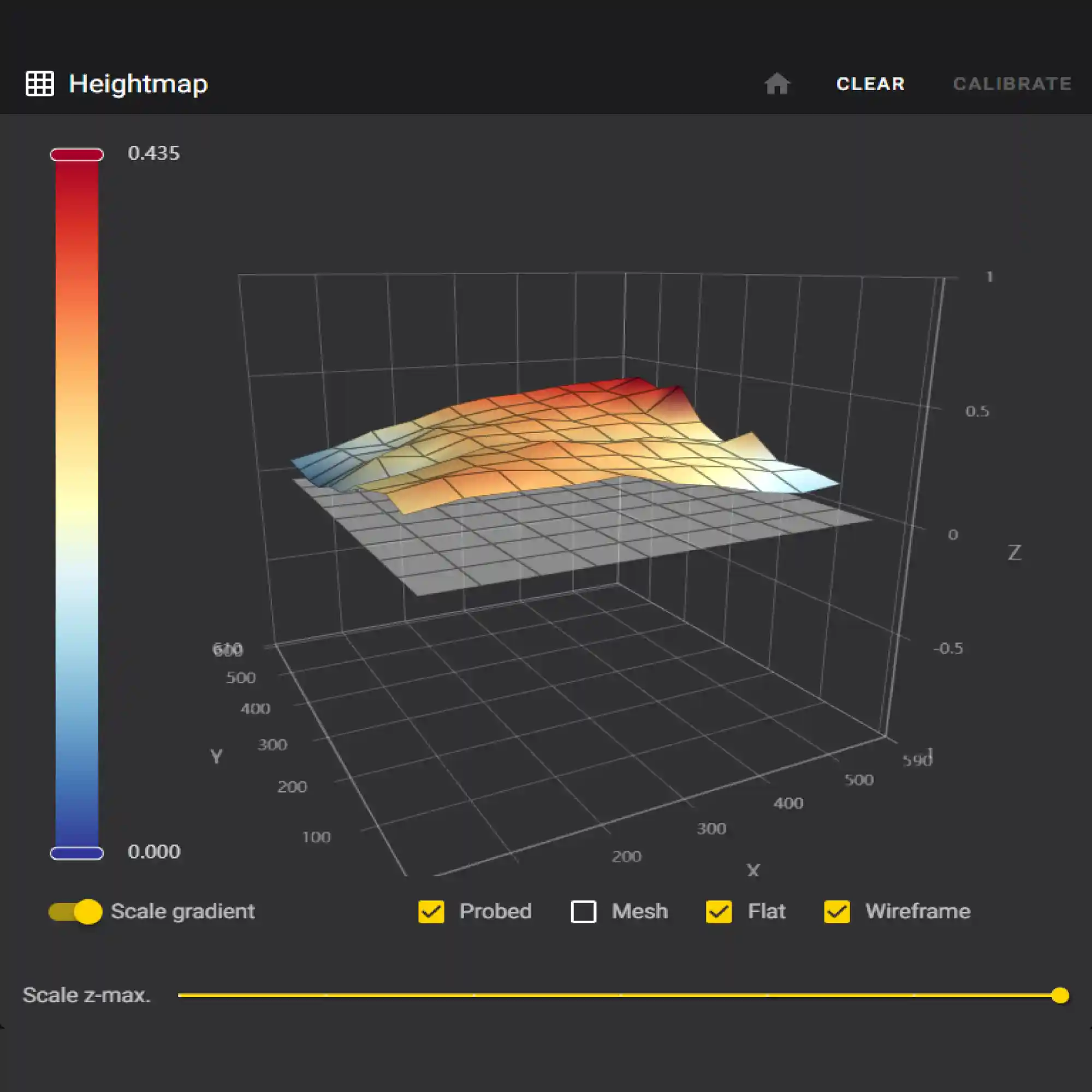Beta Testing
Our Beta Testing Program gives you early access to new features, hardware, and software updates in development. Whether you’re troubleshooting, pushing boundaries, or just exploring what’s next, your feedback is essential to the evolution of re:3D. Thank you for helping us shape the future of Gigabot!
How does it work?

Choose your Product/Software

Sign Up by Filling the Form

Confirm
Acceptance

Begin Testing Product/Software

Be a proud GigaTester!
Available Beta Testing Products & Software

Bed Mesh Compensation
We’re excited to introduce a feature designed to give you flawless, consistent first layers every time. Using eddy currents, the sensor maps the build plate with exceptional accuracy. For added precision, the nozzle itself can make contact with the print surface, creating a highly detailed mesh map that automatically adjusts the Z axis for the ideal layer height (mesh compensation). This upgrade also scans key points via the Z-axis leadscrews for easy bed tramming (automatic bed leveling). By combining both capabilities, you’ll experience the most optimized and repeatable first layer possible for your Gigabot prints.
Join our beta program and help shape this technology!
Terabot Hotend Conversion
Introducing the Regular Hot End Conversion for Terabot, developed in response to user feedback and designed to improve print reliability for Terabot users currently running 20 Series hot ends. This new conversion provides a streamlined path to more consistent performance by bringing a long-proven hotend format into the Terabot platform. With this upgrade, users gain improved thermal stability and simplified maintenance. Its design supports sustained performance during long prints and offers a reliable, user-friendly experience ideal for both everyday use and high-demand applications. Installation is straightforward and fully supported on all versions of Terabot filament printers.
Join this beta testing program to help us refine the system for a wider release!

FAQ
Answer